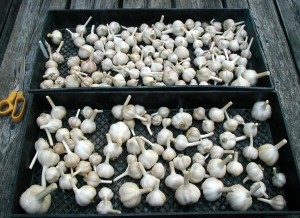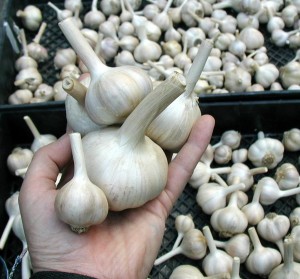“Ah Come On, Yard Weeds Aren’t So Bad!”
You’ll never hear me say, “Waaa! There’s a dandelion in my lawn. Quick, get the herbicide!”
More like, “Hey! Did you see that cool butterfly on that dandelion flower?”
Hasn’t anyone heard that there’s a big problem with all the bees dying off? All you RoundUp® users should know that you’re not part of the solution. The bee problem has been traced to the use of pesticides, so every time you spray chemicals to kill so-called weeds the environment is harmed so badly it affects the bee populations.
Without enough bees to pollinate the fruits that we eat, then what?
We all need to understand that we are all part of a bigger scene. The things we do on a daily basis will affect generations to come. Things we take for granted today may not be the same for our grandchildren. Polluting the environment with pesticides has to be one of the worst offenses we can do to the Earth.
Life needs diversity. The more complex the food web the healthier environment.
Every time we kill plants with chemicals it not only takes the plants out of the food web, but many other unseen, uncounted organisms can be killed or harmed.
We don’t know the full impact of using said chemicals, say, on the fungi or nematode population in your garden. How would that impact the availability of nutrients in the soil that plants can take up and use? Lots of unanswered questions out there!
Let’s use caution with those pesticides and herbicides, ok? Better than that use mechanical means of removal where ever possible. Your grandchildren will thank you.
Even better than that, why not let them go? Yard weeds are so beneficial!
The other day I saw a hummingbird visit the closed flowers of Field Hawkweed early in the morning. I was surprised to see the tiny bird visit the closed flowers that were still getting shade from the oak trees.
So really, who hasn’t seen a honey bee or butterfly on a dandelion? Yard weeds definitely help to bring the pollinators!

